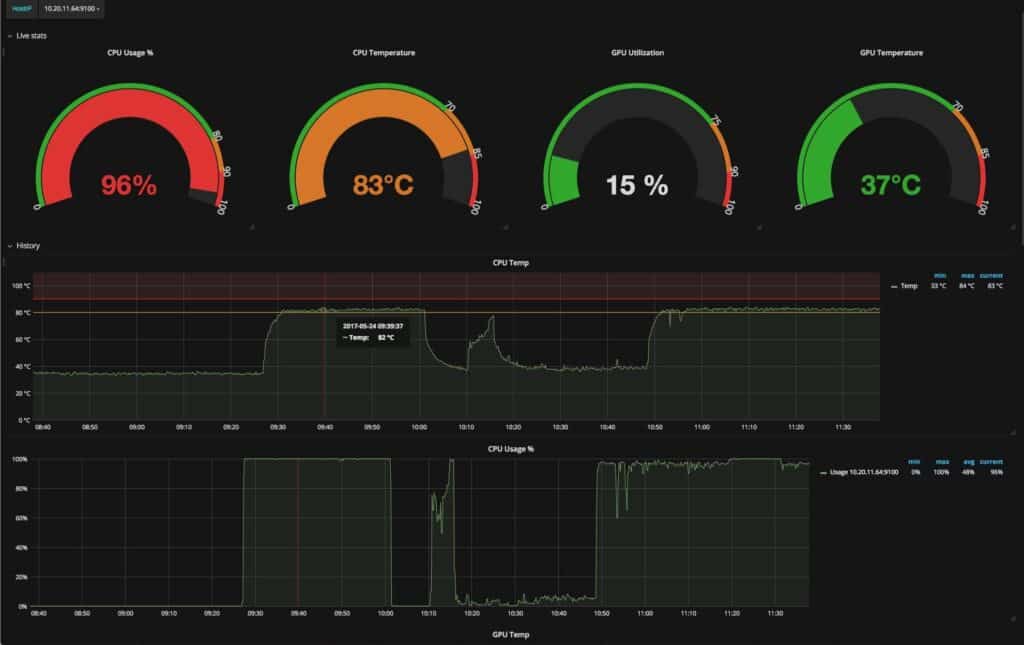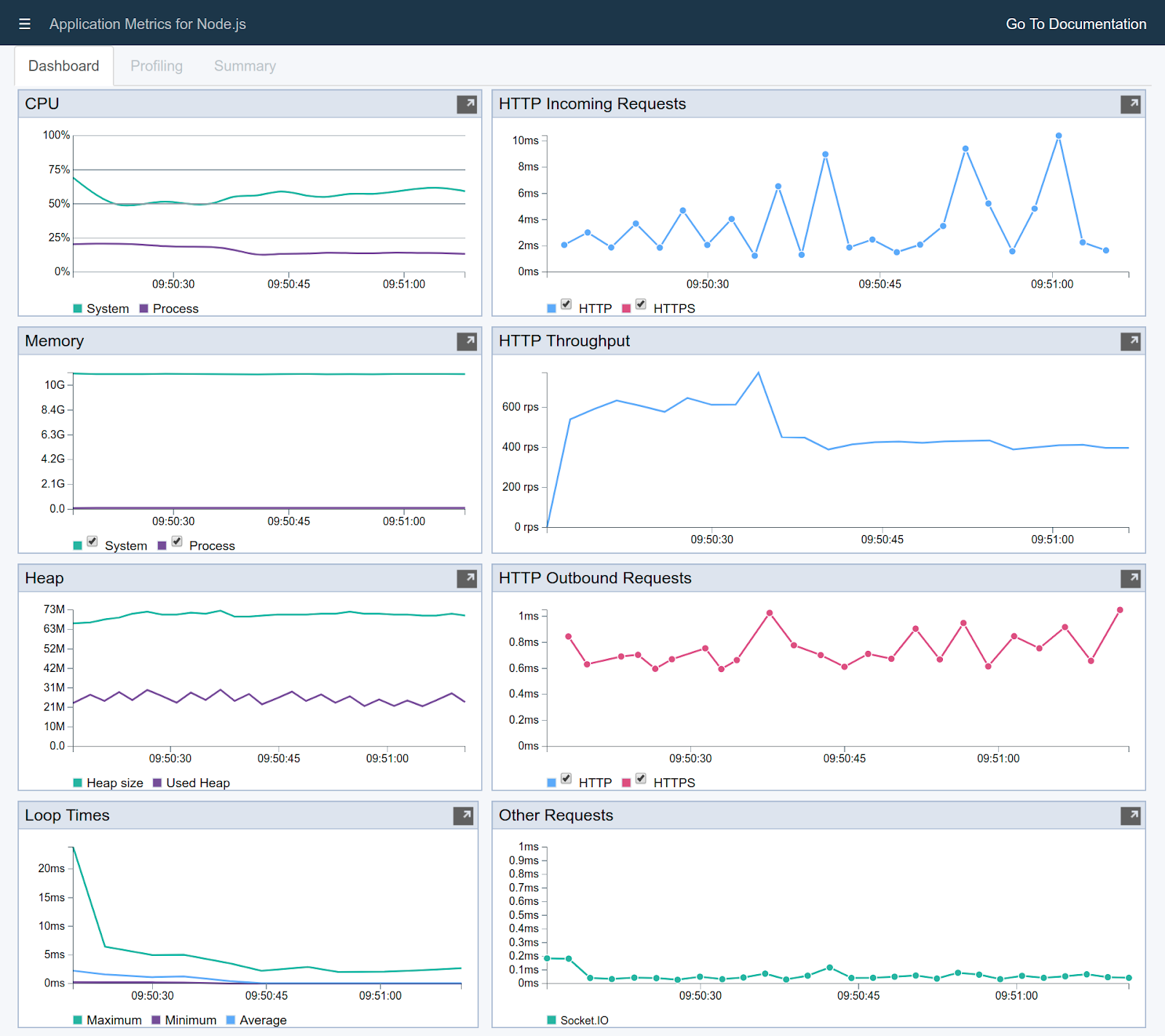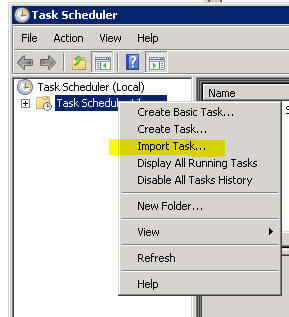


Use Search to look for specific events.įor out-of-the-box collection of HTTP requests, popular third-party library events, unhandled exceptions, and system metrics:.Verify that required outgoing ports are open.Charts periodically refresh on their own, but manually refreshing forces them to refresh immediately. Select Refresh in the portal resource view.Take more actions to generate more telemetry. If you don't see data in your resource, try some of the following fixes: No dataīecause the SDK batches data for submission, there might be a delay before items are displayed in the portal. To view the topology that is discovered for your app, you can use Application map. To see more detailed data, select different components in the charts. In the Overview timeline, look for your first few data points. Then, in the Azure portal go to the Application Insights resource that you created earlier. Use your application to generate some of this data. The SDK automatically gathers telemetry about the Node.js runtime and some common third-party modules. You have the option to disable non-essential data collection. This data helps us run and improve Application Insights. Īs part of using Application Insights instrumentation, we collect and send diagnostic data to Microsoft. Start automatically collecting and sending data by calling appInsights.start(). You can try the SDK without sending telemetry by setting = true. įor more configuration options, see the following sections. This practice lets you keep connection strings out of committed source code, and you can specify different connection strings for different environments. You also can provide a connection string via the environment variable, APPLICATIONINSIGHTS_CONNECTION_STRING, instead of passing it manually to setup() or new appInsights.Telemetr圜lient(). let appInsights = require('applicationinsights') Because the SDK injects instrumentation into many other libraries, load the library as early as possible, even before other require statements. This NPM package contains built-in typings.Įxplicitly load the library in your code.
NODE FILE MONITOR INSTALL
If you are using TypeScript, do not install separate "typings" packages. We describe the Telemetr圜lient API in more detail later in this article. You can use the Telemetr圜lient API to manually instrument and monitor more aspects of your app and system. All events related to an incoming HTTP request are correlated for faster troubleshooting. Beginning in version 0.20, the client library also can monitor some common third-party packages, like MongoDB, MySQL, and Redis. The Node.js client library can automatically monitor incoming and outgoing HTTP requests, exceptions, and some system metrics. The SDK sends data to that resource for further analysis and exploration. To receive, store, and explore your monitoring data, include the SDK in your code, and then set up a corresponding Application Insights resource in Azure. You can use Application Insights for Node.js services that are hosted in your datacenter, Azure VMs and web apps, and even in other public clouds.

Application Insights monitors your components after deployment to discover performance and other issues.


 0 kommentar(er)
0 kommentar(er)
